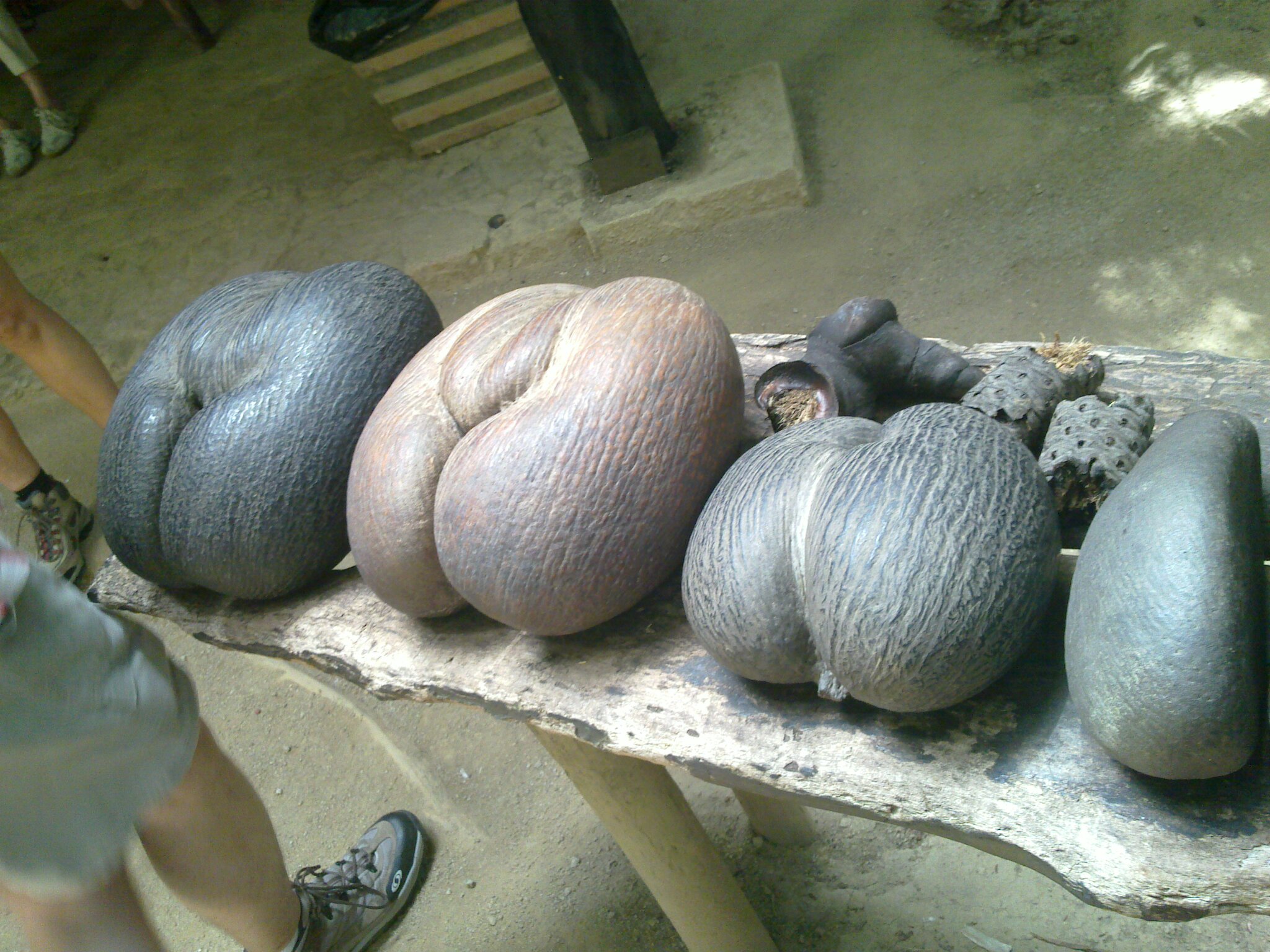High up in a mountain valley in Colombia grows one of the most remarkable palms in the world. Known scientifically as Ceroxylon quindiuense, the Quindío wax palm towers like a lanky monolith above the surrounding vegetation. Not only is this the tallest species of palm in the world, it is, by extension, the tallest monocot as well.
Standing at heights of over 160 feet, the Quindío wax palm looks all the stranger with its narrow trunk and tuft of fronds all the way at the top. It is called a wax palm because members of this genus produce a waxy substance from their trunk. In the past, this wax was harvested for its use in making torches. Until electricity became widely available, these palms were felled en masse for this purpose.
Quindío wax palms are slow to mature. For at least 15 years they focus much of their energy on radial or outward growth of the trunk. For 15 years, all the tree puts out are three pinnate leaves. Things change once the tree hits 15. It will begin its climb into the sky. Every year it sheds leaves, which creates a dark ring around the trunk. Because of this, it is easy to estimate the approximate age of any given wax palm. Count the rings and add 15 years for stem development plus another 5 for a full crown. It is believed that these palms can take upwards of 80 years to reach sexual maturity!
Because of its limited geographic range, Quindío wax palms are at risk of extinction. The young fronds are favorites among Catholics of the region for their use in Palm Sunday ceremonies. Stands that exhibit heavy harvesting have a hard time of recovering. At the same time, their native range is quickly being converted to pasture land as well as other forms of agriculture. Even if trees are left standing, their seeds find it difficult to germinate and survive under the altered microclimates of these human environments.
Luckily for Ceroxylon quindiuense, the government of Colombia recognizes how special this species is. Not only is it now the national tree and emblem of Colombia, its is now a protected species. All logging of Quindío wax palms is illegal. Still, major portions of their remaining populations are located within pasture lands.
Photo Credit: nuria mpascual (http://bit.ly/1CImC7T)
Further Reading:
http://bit.ly/1CImCEP



